XaaS: The Go-To For IT Operations
Thanks to the popular movement known as XaaS, or Everything as a Service, every software project, platform, and product cloud is now consumable from mainstream providers. XaaS is a subset of cloud computing, as the "aaS" addition to any group of letters turns that cloud feature into a service. It covers products, tools, and technologies that can be delivered over a network rather than installing locally.
The National Institute of Science and Technology (NIST) recognizes three major services: Infrastructure (IaaS), Platform(PaaS) and Software (SaaS). In the simplest terms, IaaS refers to a virtual machine rented out to the purchaser where the purchaser must maintain and software or system. PaaS is one level abstracted where a development environment is offered to the application developers. Finally, SaaS allows consumers to use the applications running on the cloud.
New types of services are being added continually. For example:
DaaS - Data as a Service
ITaaS - Information Technology as a Service
FaaS - Function as a Service
MLaaS -Machine Learning as a Service
NaaS - Network as a Service
SaaS - Security as a Service
Many businesses have become well versed in the benefits of moving to the cloud. The cost of ownership can be moved from an initial, sometimes expensive, capital expenditure to an operational expense that can be spread out over a lifetime and shared among multiple purchasers. Additionally, the service infrastructure allows IT teams to rapidly design and deploy new service with improved reliability and efficiency. They are often able to achieve massive scalability for little or no additional investment, depending on the type of service purchased.
With On-Premises solutions, the service is maintained and supported locally so there is the requirement to train an IT staff at a pace of innovation which means that the staff can rarely keep up with changes and remain experts. There is much to know from security, mobile, globalization, social media, analytics, and data systems. Outsourcing is a flexible way of running IT as it is less expensive and more efficient. It allows business to have more versatility when it comes to choosing services because it does not require in house experts on the technology.
There are many providers offering their products as a service, which gives consumers easy access to high-value, critical services that someone else maintains and supports. As the number and type of services increase, pain may be felt in bandwidth and latency, security, and the integration of the different products and services as the market settles itself out of what consumers will want. Not every "as a service" product will become mainstream which might make some buyers concerned about losing control of their consumables. However, this type of concern will dissipate as products and services are refined and tooling and services continually improve. As seen before, the service movement will continue to grow and expand, all based on our demand from the future.
